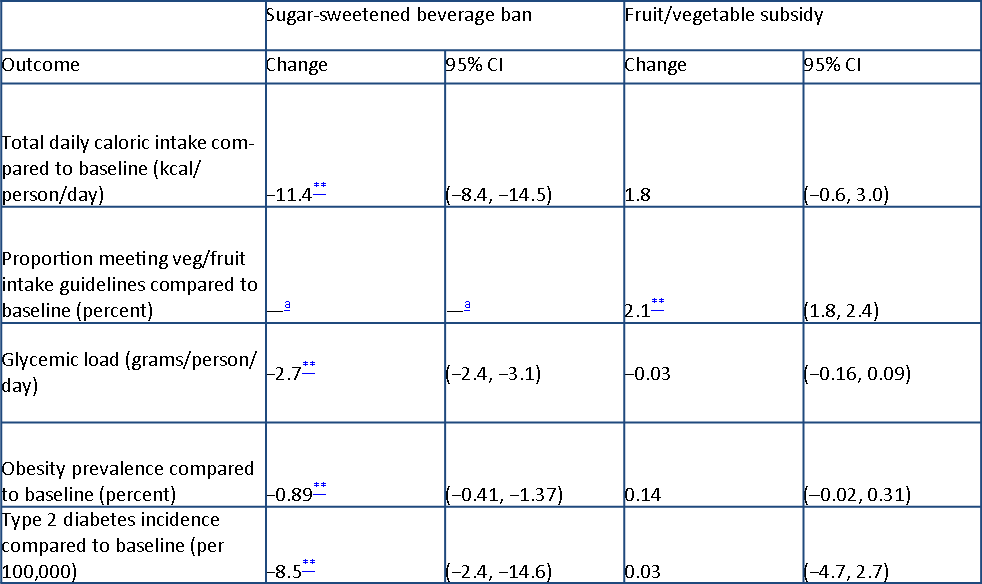How to Invest in Sugar
Post on: 20 Июль, 2015 No Comment

How to Invest in Sugar
Sugar was not always as widely used as it is today, as the crop was originally rare and difficult to harvest. But as technology has improved, sugar usage has grown tremendously; this commodity is used not only food production, but in a number of other applications as well.
Sugar can exhibit significant volatility, attributable to the potentially large impact of extreme weather on supply of the commodity. As such, this resource may have more appeal to short-term speculators than to buy-and-holders. However, sugar has been shown to maintain a low correlation to stocks and protect against inflation, two characteristics that may make it appealing as part of a well rounded asset allocation study.
Sugar exposure is available in many forms, including through ETPs, futures contracts, and even investments in stocks of companies that produce the sweet commodity.
Ways to Invest in Sugar
There are 3 ways to invest in Sugar: ETFs, Futures, and Stocks. Click on the tabs below to learn more about each alternative.
What are Sugar ETFs?
ETFs represent an efficient and low maintenance way for investors to gain exposure to sugar prices. While many broad-based agricultural commodity ETPs, such as DBA. offer exposure to sugar prices, there are pure play options as well. For U.S. investors, the iPath Dow Jones- UBS Sugar ETN ( SGG ) is linked to an index comprised of Sugar No. 11 futures. As such, it should be understood that SGG will not necessarily reflect changes in spot sugar. Also, be aware that SGG is an ETN. meaning that there will be no tracking error but that the credit risk of the issuing bank must be considered. iPath also offers the Pure Beta Sugar ETN ( SGAR ) which utilizes a roll structure that can choose from a handful of futures contracts.
There is also the Teucrium Sugar Fund ( CANE ). This product offers exposure to multiple sugar futures contracts and features a unique roll methodology that helps the fund mitigate the negative impact of contango.
International investors have more options available, including leveraged and inverse sugar ETFs.
What are Sugar Futures?

The global market for sugar is massive, and as such the futures market for this commodity has become significant as well. The Sugar No. 11 contract is the world benchmark contract for raw sugar trading. The contract prices the physical delivery of raw cane sugar, free-on-board the receiver’s vessel to a port within the country of origin of the sugar. The deliverable under sugar futures is Raw centrifugal cane sugar based on 96 degrees average polarization. Deliverable growths include Argentina, Australia, Barbados, and several other countries around the globe (complete list: https://www.theice.com/productguide/ProductDetails.shtml?specId=23)
Sugar No. 11 futures trade on the ICE under the symbol SB. Contracts represent 112,000 pounds, and are priced in cents and hundredths of a cent per pound. Contracts are listed for March, May, July and October, and the last trading day is the last business day of the month preceding the delivery month (except January, which is the second business day before the 24th calendar day of the prior month).
Sugar futures are also traded on the NYMEX under the symbol YO. The NYMEX contract also represents 112,000 pounds and trading is conducted in the March, May, July, and October cycle for the next 24 months.
How to Buy Sugar Stocks
For some commodities, it is possible to establish indirect exposure through positions in stocks of companies engaged in the extraction or production of the resource. While there are dozens of oil companies and gold miners, there are few publicly-traded sugar companies. One option in this space is Imperial Sugar ( IPSU ), a U.S. company that refines, packages, and distributes sugar. IPSU’s profitability tends to be impacted by sugar prices.
There are some international options as well. Bajaj Hindusthan Ltd (500032), India’s largest sugar producer, is traded on the Bombay Stock Exchange.














